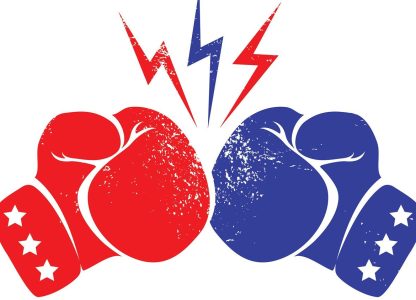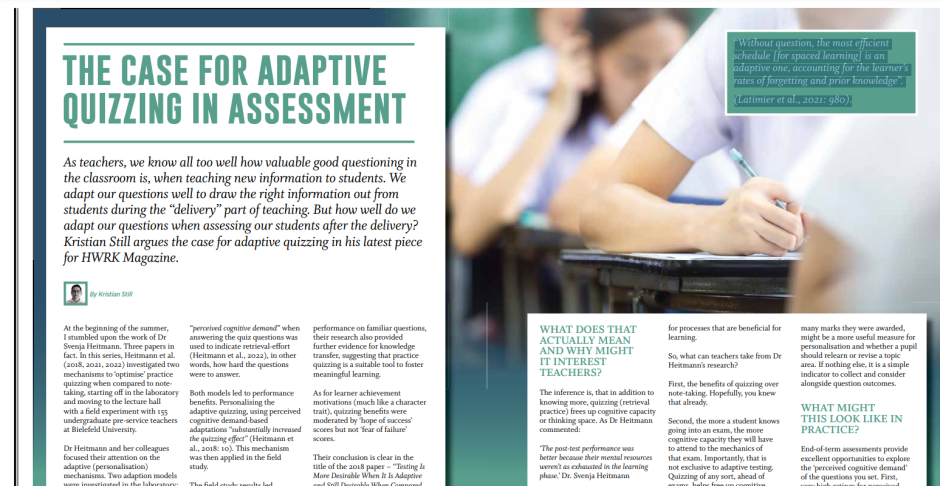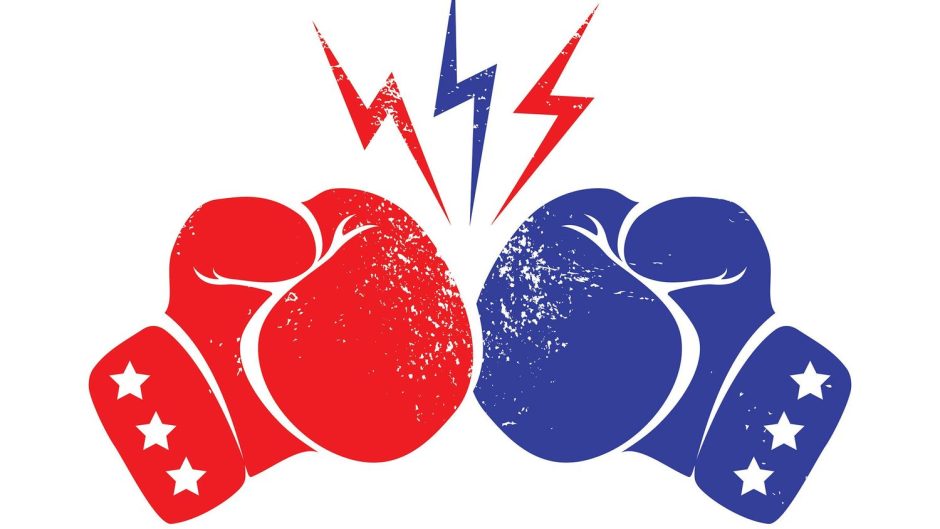It is a practical question. Use premade flashcards or design your own? What at first appears to be a relatively straightforward question, is far from from it.
Pan et al. (2022) offer a ‘General Audience Summary’ and that is a very helpful place to start.
Currently, using premade flashcards (rather than user-generated flashcards) is the “more popular option.” The reason: they are “more convenient, saves time, and takes advantage of the millions of premade flashcards sets that are freely available online.”
However, there is a drawback, “users miss out on learning experiences that might occur when making one’s own flashcards.” A point substantiated by the papers findings:
In five out of six experiments, using user-generated flashcards improved learning relative to using premade flashcards.
Pan et al. (2022: 1)
Moreover, these benefits were “especially pronounced for flashcards made via paraphrasing or copying-and-pasting materials.”
Why make your own flashcards? It is presented that user-generated flashcards “trigger productive learning processes.” The paper adds that:
…given a fixed amount of time adding content to digital flashcards prior to using them is potentially more beneficial for learning than using flashcards made by someone else.
Pan et al. (2022: 1)
Indeed a range of papers cited have reported immediate test performance in favour of premade flashcards, only for test results after several weeks to present a more inconsistent picture.
Productive Learning Processes
What Pan et al. (2022) were essentially asking was “does generating flashcard content elicit productive learning processes?” whilst taking into consideration the time-cost of generating the flashcards.
Pan et al. (2022) extend their explanation to two important and related principles from the science of learning. First, the added convenience that some learning technologies offer may make things easier, but are not necessarily helpful in the long run. Second and more broadly, some learning techniques that require more effort — and may seem onerous because they increase the chance of making mistakes, are more time consuming, and can be frustrating — are actually more effective than other, less-onerous methods (also known as “desirable difficulties” what I often refer to as “easy learning is easy forgetting” borrowed from Dr Agarwal’s SXSW Edu talk.
Following a review of the ‘General Audience Summary’ and abstract, it would be fair to say I looked forward to understanding the paper more fully and finding answers to a growing list of questions.
- What type of knowledge was transferred to the flashcards?
- What weight of information was expected to be learnt? Both Biology GCSE decks (16 year olds, two year examination decks) on classroom.remembermore.app are both 500+ and Macbeth 469 flashcards.
- Who were the learners? What was their level of expertise – in order to be able to design and use flashcards effectively?
- When were the flashcards used? Presumably used terminally? A much maligned test-enhanced learning frustration.
- How were flashcards used for study? Proscribed in the lab? Out in the study-wild? The focus of another recent paper from lead researcher Dr Steven Pan, (Zung, Imundo & Pan, 2022).
Let’s get to the nub of the issue
User-generated flashcards are less popular. 56% of U.S. undergraduate students prefer premade over user-generated flashcards, (convenience and saving time, Zung et al., 2022). I will add that 60.1% preferred digital over paper flashcards.
The 44% that favoured user-generated flashcards highlighted content control, greater accuracy, higher quality, and intriguingly, the belief that creating flashcards benefits learning. We know that some researchers have speculated that user-generated flashcards confer learning benefits – yet the results are inconsistent.
For user-generated
Findings imply that user-generated flashcards may yield better learning based on levels of processing theory (Craik & Lockhart,1972).
Second, generative learning theories would suggest that “active” learning activities that require “selecting, organizing, integrating, or producing material,” can enhance learning over more “passive” methods. Furthermore, information is mentally produced rather than read.
- Would using premade flashcards as retrieval practice be considered “passive?
Against user-generated
User-generated flashcards are disadvantaged in terms of time available for practice, Sage et al. (2019). Premade cards offer immediately distributed practice with retrieval practice and feedback. Generating original content may not always yield sufficient semantic elaboration to improve memory (Sage et al., 2019).
Several studies yielded test performance better than a restudy condition, but not a retrieval practice-only condition (more time-consuming nature of generating questions, reduced learning efficiency, processing of extraneous information, and the need for specialized training beforehand.
- Are pre-made cards of equal value to both novice and expert learners?
Interestingly, there was a chalkface case study shared on Impact Magazine. What problems were identified?
- Students struggle to select the crucial content that needs to go on flashcards.
- Students crowd the flashcards (adding too much information to a single flashcard), leading to cognitive load and ineffective use.
- Students did not know “how to use the flashcards.”
Point 1 makes for an interesting addition to the ‘against user-generated’ column. Points 2 and 3 worth consideration.
On point 3, “only 52.8% of respondents reported they always check the back of their digital flashcards for the correct answers,” (Zung, Imundo & Pan, 2022).
In Part II we will take a closer look at the study itself, knowing that inconsistent findings to date (potential benefits and costs of generating flashcard content) lead Pan et al. (2022) to call for “more robust experimental controls.” Regrettably a step further away from classroom opportunities and constraints.



